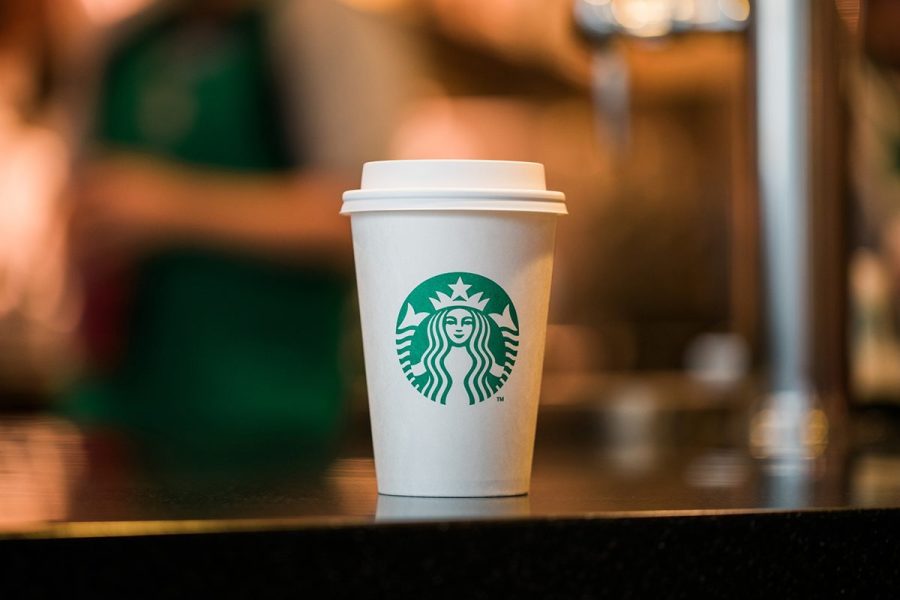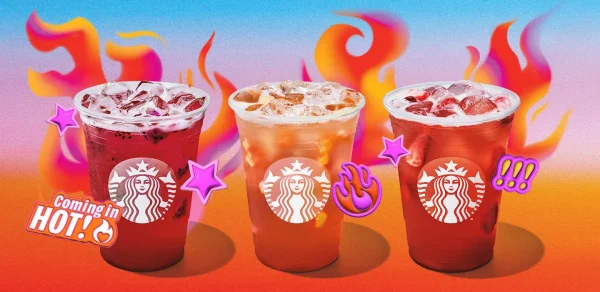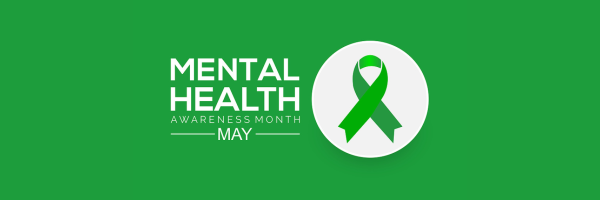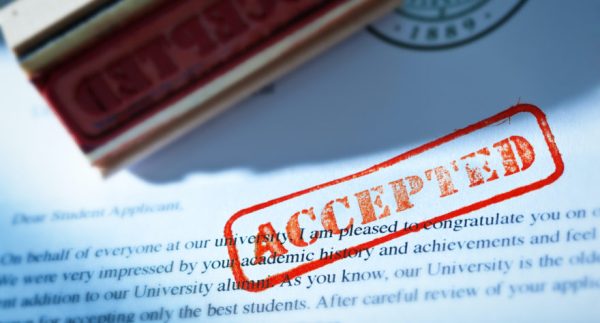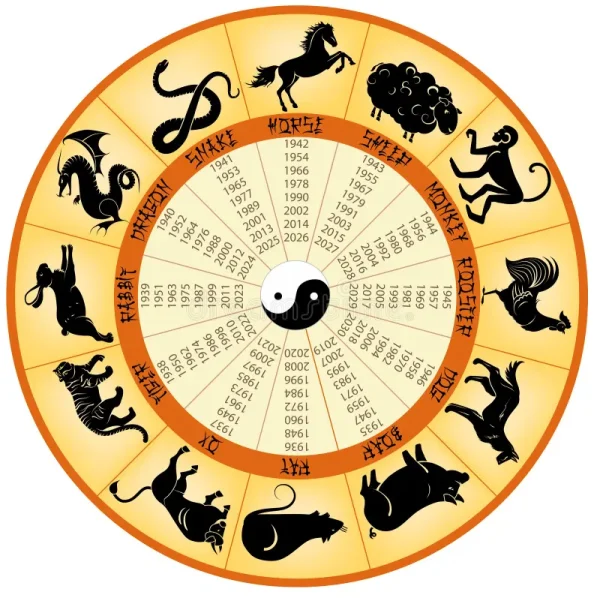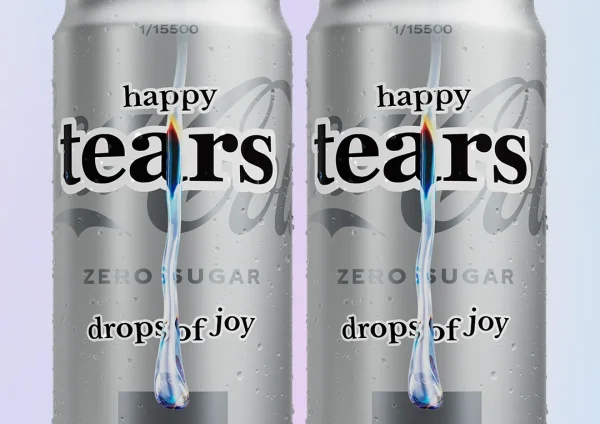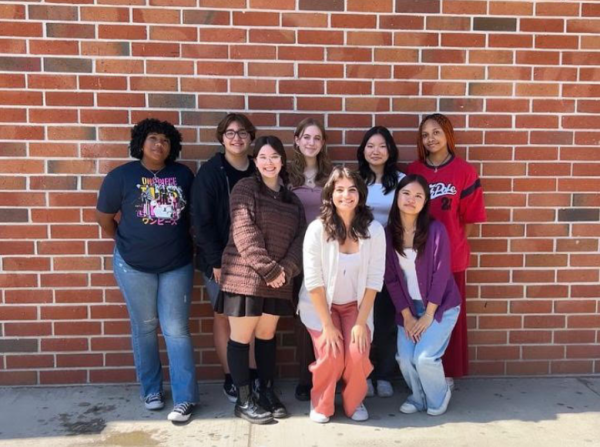Caffeine Consumption in Teens
Here at North, it is not an uncommon sight to see students carrying drinks from Starbucks and the like in the mornings. The proximity of various coffee shops to the school makes grabbing a beverage extremely convenient and some make it a part of their daily routine to do so. Moreover, flavored energy drinks are quite popular and stories of students chugging energy drinks to pull all-nighters are far from unheard of. This raises the question: is caffeine consumption in teens an issue?
Medical News Today says that “Statistics show that adolescents are the fastest-growing population of caffeine users. Studies have indicated that 83.2% of teenagers consume caffeinated beverages regularly, and at least 96% consume them occasionally.” This trend can be attributed to the normalization and widespread availability of caffeinated beverages and advertising targeted at the teen to young adult demographic. For example, flavors like pumpkin spice or white chocolate are trendy and popular with younger consumers. However, the caffeine content in these aesthetic Instagram drinks may be a potential health risk to adolescents.
The American Academy of Pediatrics recommends adolescents between the ages of 12 to 18 limit their daily caffeine intake to 100 mg. For reference, a Grande Caramel Macchiato from Starbucks contains about 150 mg of caffeine, and a standard 16 fl oz can of Monster has about 160 mg (Caffeineinformer.com). Ingesting excessive amounts of caffeine can have adverse health effects on teens, such as “nervousness, irritability, nausea, cardiovascular symptoms, sleep impairment, osteoporosis, and gastric ulcers”, according to the Osong Public Health and Research Perspectives journal, a journal founded by the Korea Disease Control and Prevention Agency.
In conclusion, while chugging six cans of Red Bull at 3 AM may not be the best for your heart health, an occasional latte or two won’t kill you either. ‘Everything in moderation’, right?


